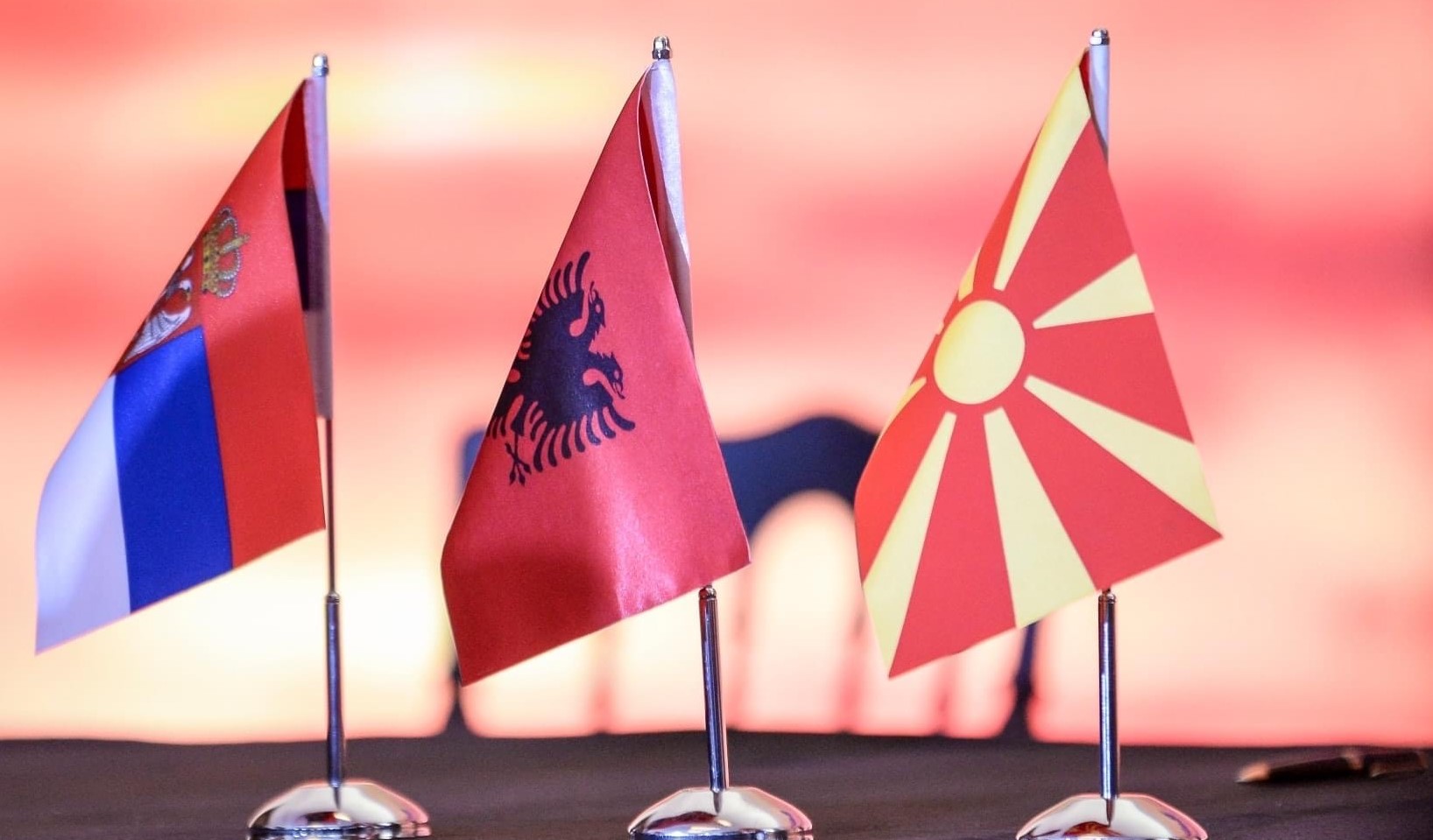Open Balkans is still a semi-regional initiative. Without reaching the other countries of the Western Balkans, its success will be very limited and may even become an obstacle to good bilateral relations within the region.

Alba Cela
The Open Balkans, an initiative founded by Albania, Serbia and North Macedonia, has been in the public spotlight again recently. Initially, the supportive and tendentious statement of Russian Foreign Minister Lavrov gave ammunition to the critics of Open Balkans. They were quick to argue that Russia’s support confirms Serbia’s ownership and runs counter to the region’s Euro-Atlantic interests. A few days later, the participation of the United States of America in the Open Balkans Summit in Ohrid showed once again the interest and support of the Biden administration, following that of the Trump administration, for this initiative.
The Open Balkans, was publicly presented in 2019. From the beginning it has generated a lot of debate and has influenced the bilateral relations in the region between the countries that support it and those that do not. The biggest negative impact is in the relations between Albania and Kosovo positioned on two opposite sides in this aspect.
Kosovo, as well as other critical actors, describe the Open Balkans as a project of Serbia to maximize its benefits and to pave the way for third influences, Russia in particular, in the region.
The position of the European Union has been quite fluid. The European Commission has emphasized that the commitments undertaken in the framework of the Berlin Process and the Regional Common Market should be continued, while Commissioner Varhelyi has been present several times and supportive in the meetings of the OB.
Does everyone win?
For about the first three years of its existence, the Balkans remained open at the level of meetings and photographs, with a marked lack of transparency over policy coordination. In December 2021 the first genuine agreements were reached between the three governments, which were later published. Already with the last meeting, the fourth agreement has been reached and three memoranda of cooperation have been signed, which are more at the symbolic level. Overall it is still too early to see the real effects on the economy. The only advantage of free movement is the fact that the citizens of Albania can now enter Serbia only with identity cards, a small benefit.
Experts are divided in judging the benefits and harms that economies will have from this initiative. Some judge the fact that Serbia is the largest and most competitive economy in the region as a precondition that the initiative will favor it at the expense of other countries. Yet market economies in an interconnected world always operate under the pressure of each other and having a comparative advantage is a necessity. So the fact that someone else is better does not hinder global trade on the contrary.
Other benefits to labor and financial capital movements are difficult to predict. The fact is that all three countries, as well as the other three countries in the region, have their own vector of movement towards the European Union. So there was no interest for young people to search for a job in the neighboring countries, but the movement has always been towards Germany, England, etc.
So far, Open Balkans has not surpassed in ambition what could have been achieved with a full commitment of all parties in the Berlin process and chronicles such as RCC, CEFTA, etc. The choice to commit to achieve the same goals (4 fundamental freedoms) under another ‘umbrella’ seems like a choice for personal political protagonism by the founders.
Above all, Open Balkans is still a semi-regional initiative. Without reaching the other countries of the Western Balkans, its success will be very limited and may even become an obstacle to good bilateral relations within the region.
Alba Cela is the Executive Director of the Albanian Institute of International Studies and Deputy Editor-in-Chief of the publication ‘Tirana Observatory’



Leave A Comment